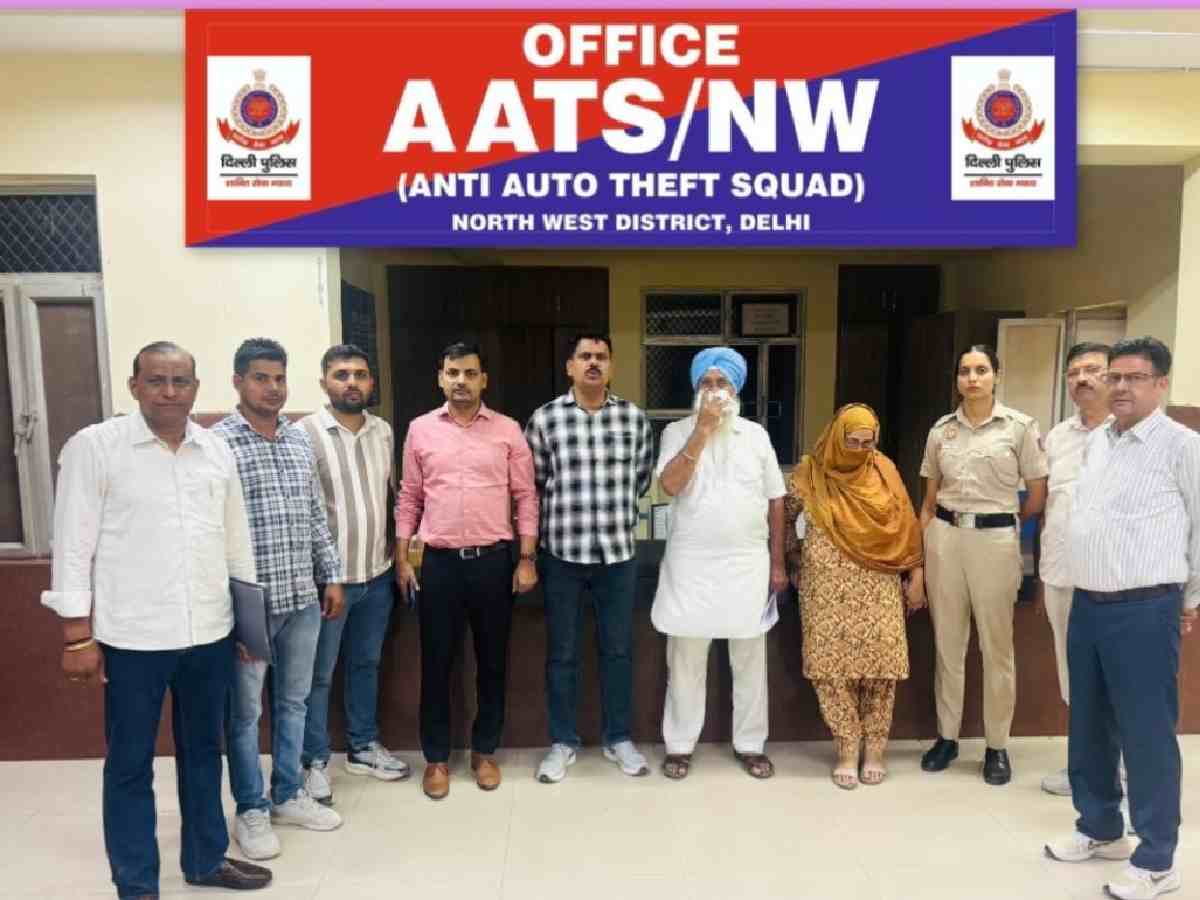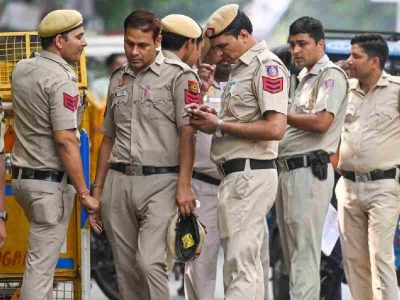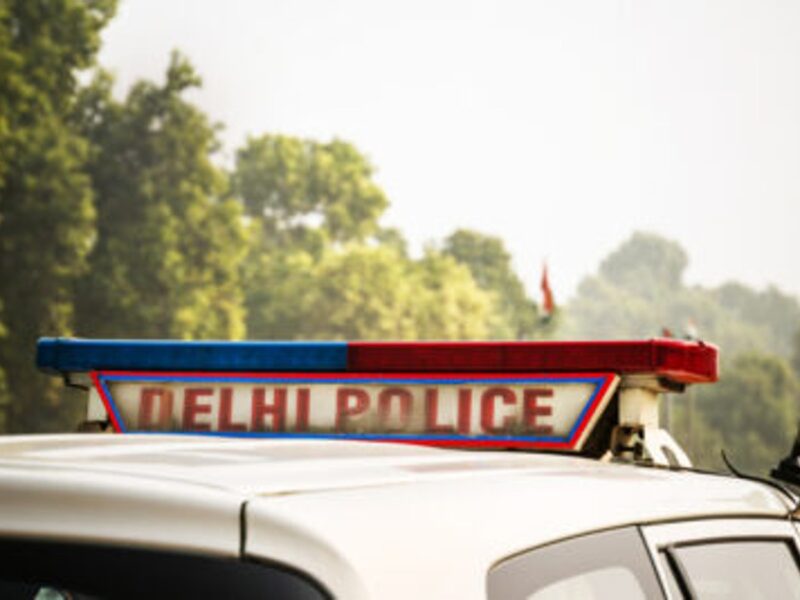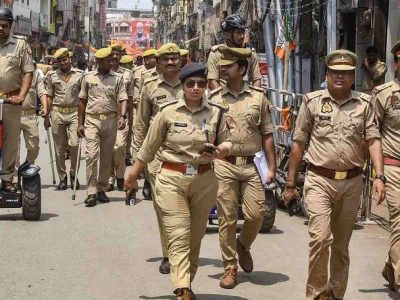On June 18, 2024, in Delhi’s bustling Rajouri Garden, a chilling crime unfolded that would grip the city’s attention. Aman Joon, 26, was murdered at a Burger King outlet in the West Delhi locality. Shortly after the attack, Portugal-based gangster Himanshu Bhau took to social media to claim responsibility.
Joon and a woman were dining when three men arrived at the restaurant on a motorbike around 9:30 PM. One stayed outside while the other two entered and fired approximately 40 rounds at close range. Joon died instantly. The woman with him was later identified as Annie—dubbed the “Lady Don” by Delhi Police.
Annie was subsequently arrested near the Nepal–India border in Uttar Pradesh’s Lakhimpur Kheri district. According to police, Himanshu Bhau had arranged for her to escape to the United States via Dubai, after crossing into Nepal. However, her attempt was foiled when she was apprehended at the border.
This case mirrors a pattern long associated with Delhi’s underworld gangs.
How Delhi’s gangs function
Delhi’s criminal underworld is a sprawling network of illicit activity, home to no fewer than 95 known gangs, according to data submitted by the Centre to the Supreme Court on April 24.
This staggering figure paints a grim picture of organised crime in the capital. Once dominated by the Kishan Pehalwan and Anoop-Balraj gangs of Najafgarh, the city now contends with newer syndicates such as the Bishnoi and Sangwan gangs. These organisations run sophisticated criminal operations, often from foreign territories.
These gangs operate across a range of illegal activities, placing them in continual conflict with law enforcement—and often with each other. The fallout is visible in turf wars, extortion rackets, and high-profile murders.
Carving Delhi into gang strongholds
Why does Delhi host such a vast number of gangs? Investigators point to several contributing factors: the city’s strategic geographic location, its proximity to Haryana and Uttar Pradesh, and the large migrant population concentrated in urban slum clusters.
Special Commissioner of Police (Crime) Devesh Chandra Srivastava said organised crime gangs in Delhi often exploit the vulnerabilities of the urban poor. They engage in extortion and other practices that breed fear and violence. Srivastava also noted that the ever-shifting nature of gang alliances—formed and dissolved with ease—adds another layer of complexity to law enforcement’s task.
Many gangs trace their origins to personal rivalries—often emerging from student politics and college elections. These disputes escalate over time, with both sides arming themselves and forming full-fledged criminal networks.
A senior police officer explained that the deadly rivalry between the Gogi and Tillu Tajpuria gangs can be traced back to a college election at Swami Shraddhanand College. Gogi, a student there, clashed with Tillu and his associates over alleged interference in the elections and an assault on Gogi’s friend. What began as a college feud eventually turned into a bloody gang war, marked by numerous violent clashes and culminating in the deaths of both leaders.
Lawrence Bishnoi’s descent into crime, too, began with rivalries between student organisations in Punjab. For many gangsters in Delhi, the pattern is strikingly similar: a petty crime leads to jail time, where connections are forged and criminal skills honed. Once out, many pursue a life of crime, lured by the promise of wealth and power. Gangster Kala Jathedi, for instance, was first arrested in 2004 for snatching a mobile phone. His time in jail marked the beginning of his own gang’s formation.
How gangs gain notoriety
While many gangsters name their outfits after themselves, police sources say the authorities sometimes play a role in inadvertently legitimising them. By classifying even small groups of three or four collaborators as “gangs,” the police often end up institutionalising their existence in official records.
Also Read: Breaking glass ceilings and law: Delhi’s women drug lords
Each gang operates with a distinct identity and territory. Major syndicates target businessmen, bookmakers, builders, and property dealers for extortion. Smaller outfits focus on robbery, snatching, and land grabbing. Some, like the Badhwar gang, specialise in smuggling illicit liquor across Delhi and adjoining states. Others, such as the so-called “Thak Thak gangs,” are named by police after their distinctive method—knocking on car windows before committing thefts.
Larger gangs typically have 50 to 150 members, each with six to seven criminal cases registered against them. Smaller gangs may have between five and 30 members but are equally active. They are often armed with a variety of weapons, including counterfeit foreign pistols like Zigana, Taurus, Beretta, and Star models, or country-made 7.65 mm pistols manufactured in Khargone (Madhya Pradesh), Meerut (Uttar Pradesh), and Munger (Bihar).
Curbing the menace
The scale of gang activity presents an ongoing challenge to Delhi Police, especially in a city that doubles as India’s political nerve centre. Both retired and serving officers acknowledge the difficulty of tackling hardened criminals. But they also stress the importance of preventing new recruits from being drawn into the fold.
Srivastava stressed that curbing organised crime requires more than just policing. “This requires not only direct action against gang members,” he said, “but also addressing the underlying social and economic factors fuelling gang activity.” He suggested that community outreach, job creation, and enhanced security in vulnerable areas could offer long-term solutions. Law enforcement, he added, must be balanced with social intervention.
As of now, Srivastava said the situation is under control and no major activity has been recorded this year. However, he warned that this calm might be deceptive. “This is only a lull before the storm,” he said.
Recalling events from the previous year, Srivastava said Delhi Police had arrested a large number of gang members following a spike in organised crime. “Since then, they have been on the backfoot—especially the gangs operated by leaders from overseas,” he explained. “But they are now actively recruiting. Many locals are drawn to the life of crime, especially because of a lack of employment and the lure of a luxurious life.”
Despite the challenges, law enforcement agencies have made important gains. Targeted operations have led to the arrest of several key gang figures and disrupted their operations.
Yet, as Delhi continues to confront this evolving underworld, one truth remains clear: the city’s struggle against organised crime is far from over.





